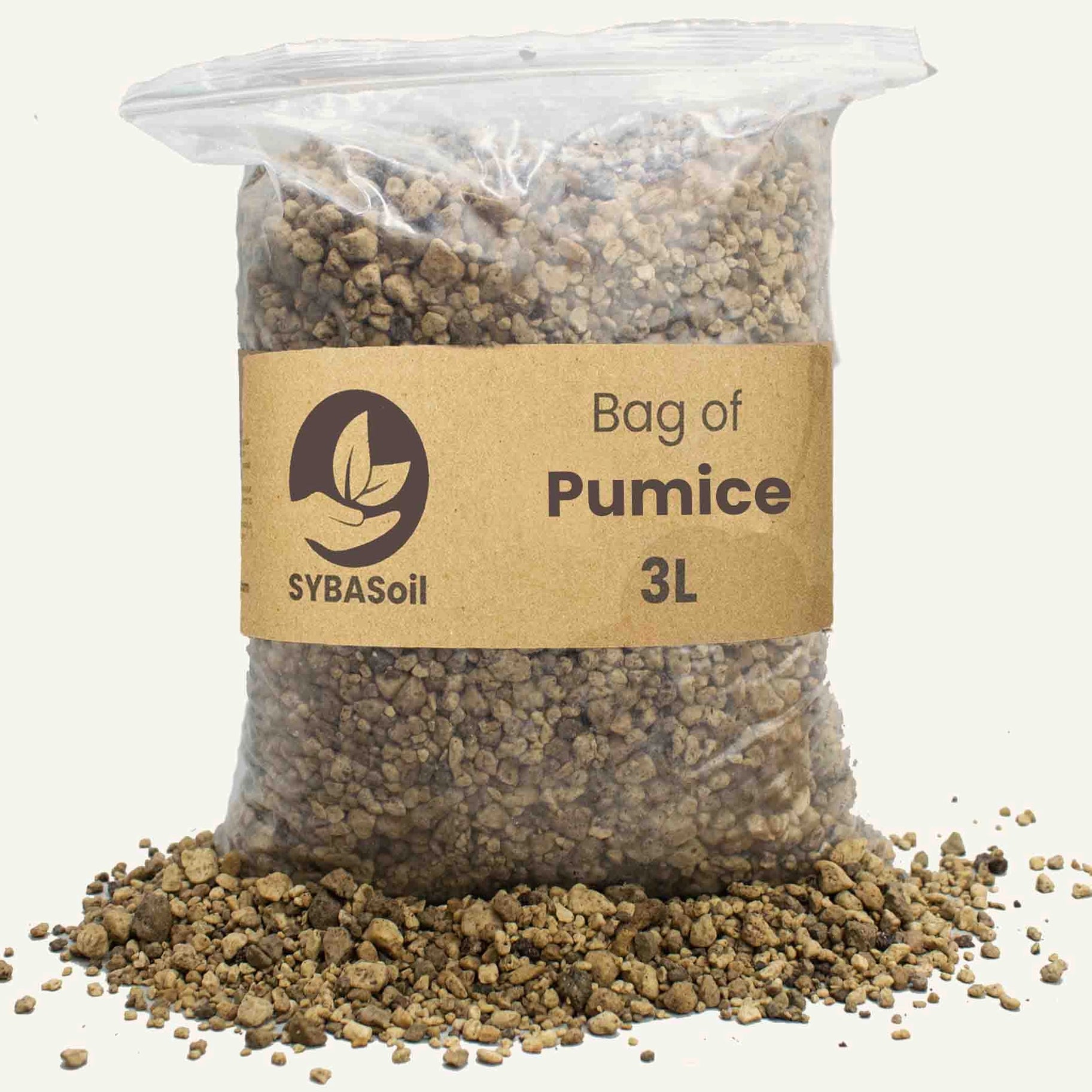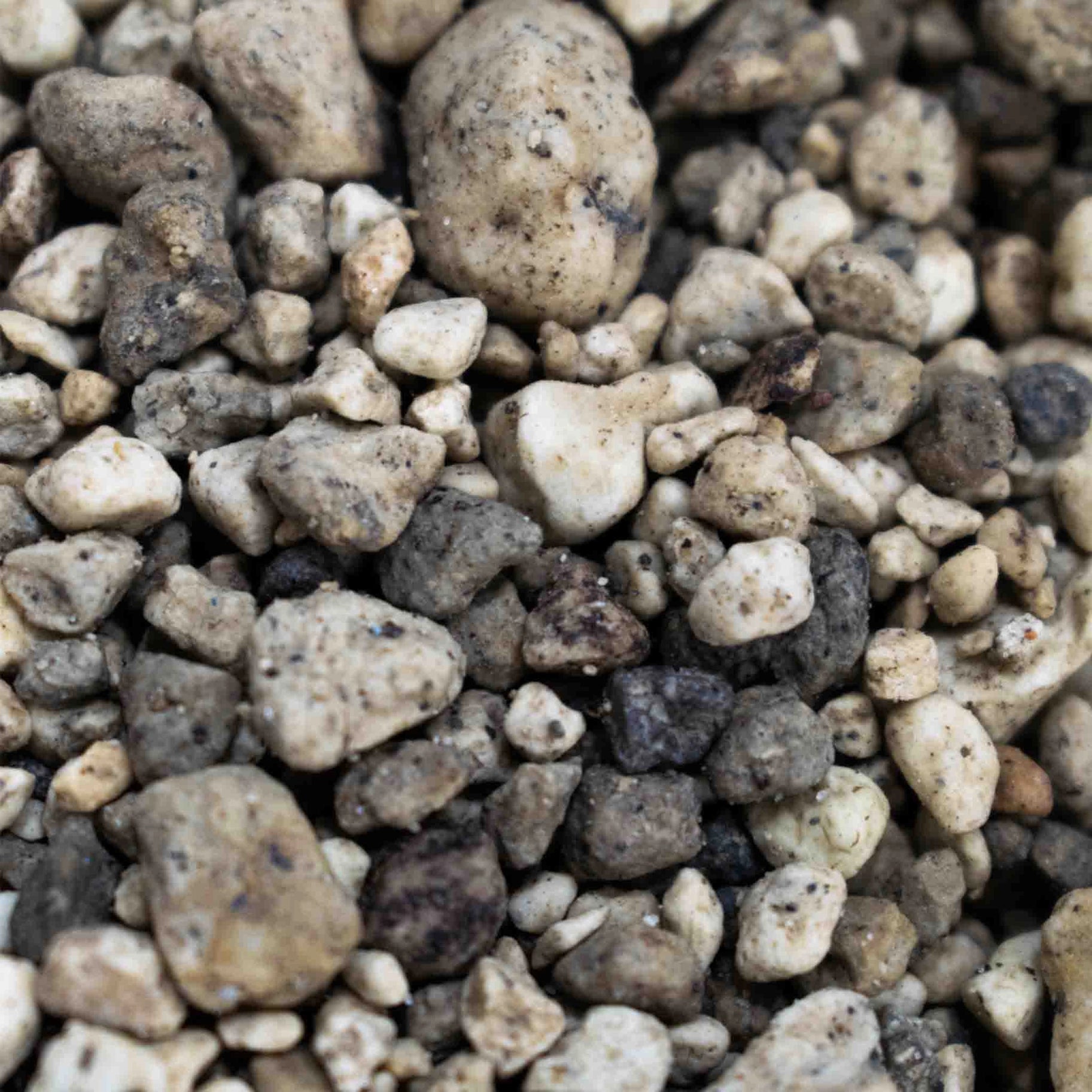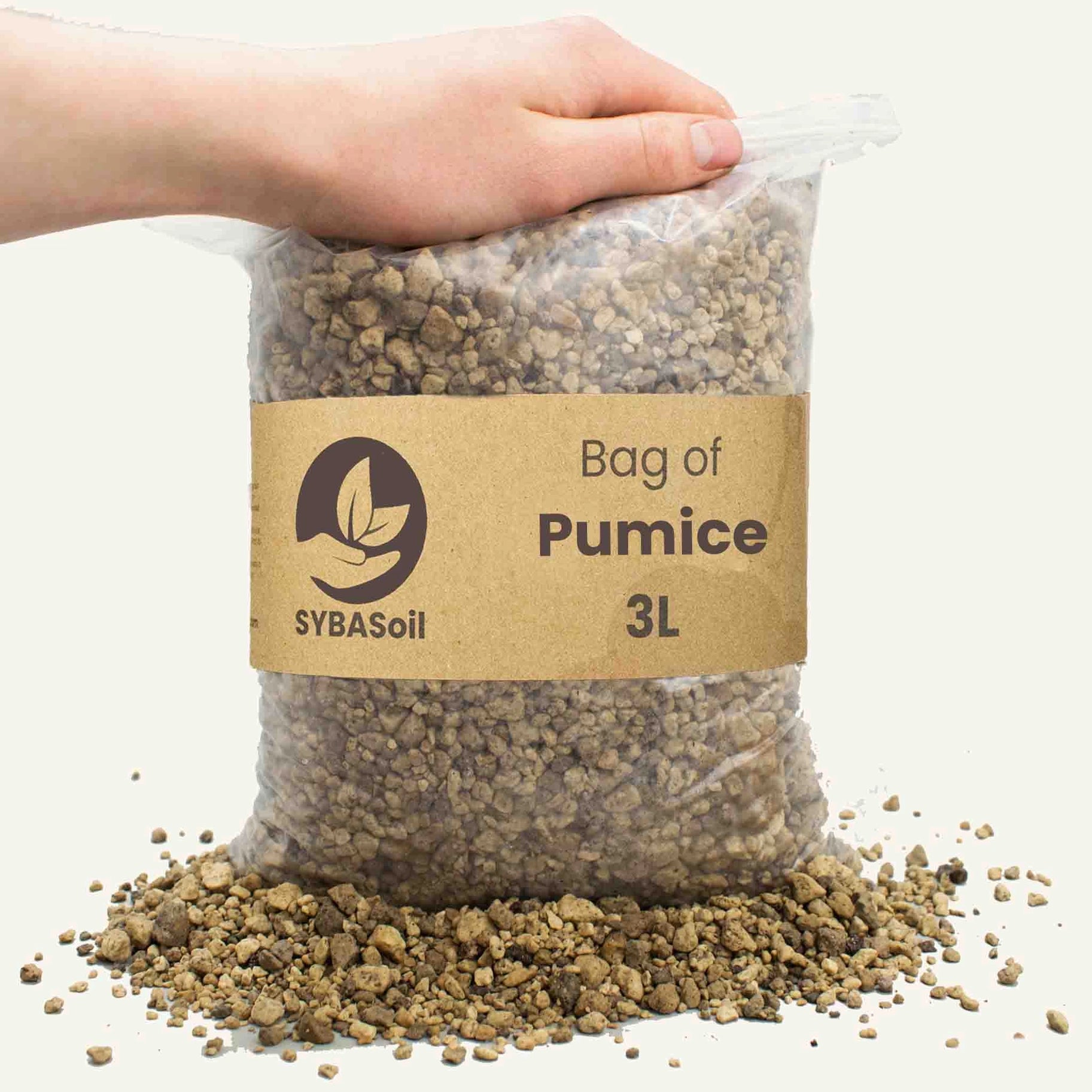Pumice stone
Pumice stone
Rated 4.9 ⭐ by 100 satisfied customers on Google
Low stock
Couldn't load pickup availability
- Home delivery throughout Belgium.
- Collection in Leuven possible
- the pebble hero in your green paradise
- lifelong help for all your plant questions
Pumice is a lightweight, porous volcanic rock that retains water exceptionally well while also creating an airy soil structure. This natural substrate stimulates root growth and prevents potting soil from becoming too wet, thanks to its excellent drainage. Plants like the Monstera Deliciosa and the ZZ plant benefit enormously from the balance between moisture retention and air circulation.
How to Care for a Pumice Stone
Watering Pumice Stone
Pumice itself doesn't require water, of course, because it's not a living plant. However, pumice does support the moisture balance in a potting mix by retaining excess water and gradually releasing it. Combine pumice with perlite or vermiculite for an ideal substrate mix that prevents root rot and keeps your plant healthy.
Light requirements for Pumice
Although pumice doesn't require light, its use depends on your plant's light requirements. For a plant like the Ficus lyrata , use pumice in a well-lit room to encourage strong root development. For plants in shady corners, such as those in our collection of houseplants for shade , pumice still provides a good oxygen supply thanks to its airy structure.
Common Pumice Stone Problems
Yellow leaves
Yellow leaves are often caused by insufficient nutrition or poor nutrient absorption in the mix. Pumice is inert and contains no nutrients itself, so make sure your substrate gets a sufficient nutrient boost with our special potting soil for aroids . Check regularly that your plant isn't sitting in water and refresh the topsoil as needed.
Plant drips
If the pot often drips a few drops, there may not be enough pumice in the mix to store excess water. Increase the amount of pumice or hydroponic clays (LECA) for better water retention. Allow the potting mix to dry out between waterings to prevent condensation.
Plagues
Pumice can accidentally contain thrips or fungus gnat eggs if it's not clean. Rinse the material thoroughly with lukewarm water before use and let it dry in the sun. You can also carefully add a layer of activated charcoal to combat mold growth and unwanted insects.
Roots emerge from the bottom of the pot
When used in small pots, roots can quickly reach the rim and emerge from the bottom. Add pumice for extra air circulation, preventing root suffocation. Also, consider using a potting composter from our houseplant pot collection so you can easily repot into a larger pot.
Brown edges on the leaves
Brown edges are caused by a lack of moisture or salt accumulation in the soil. Flush the substrate once a month with rainwater or lime-free water. Combine pumice with some coconut husk to increase water retention and flush away salts.
Frequently Asked Questions
Is pumice poisonous?
Pumice is completely inert and non-toxic to humans, animals, or plants. The material is made of volcanic glass and contains no chemical additives. So you can use it with confidence with any houseplant, including our pancake plant .
Different types of Pumice stone
Plants that thrive in a substrate containing pumice:
- Monstera Deliciosa (aerial roots stay healthy)
- ZZ plant (extra airy mix)
- Yucca elephantipes (peak load drainage)
- Aglaonema Silver Bay (stable moisture balance)
- Pilea Moon Valley (for sturdy stems)
- Alocasia Zebrina (optimal root development)
- Monstera Minima (Swiss cheese plant in perfect potting mix)
- Pothos Marble Queen (vital leaf)
By combining pumice with products like sphagnum moss or specific potting soil for your favorite plant, you'll always create the ideal habitat. For inspiration, check out our blog about what is perlite or discover the benefits of a well-porous soil structure.
Share
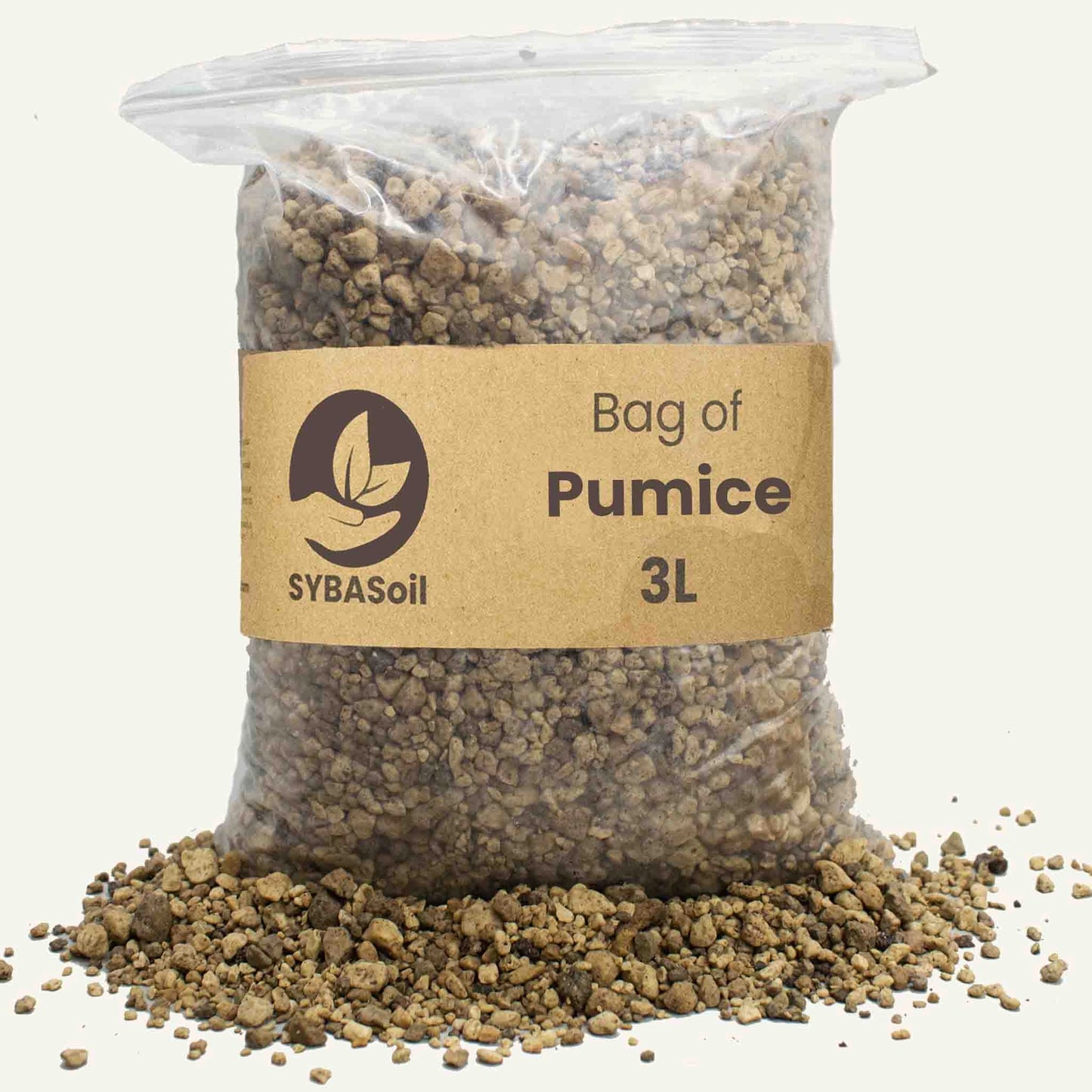
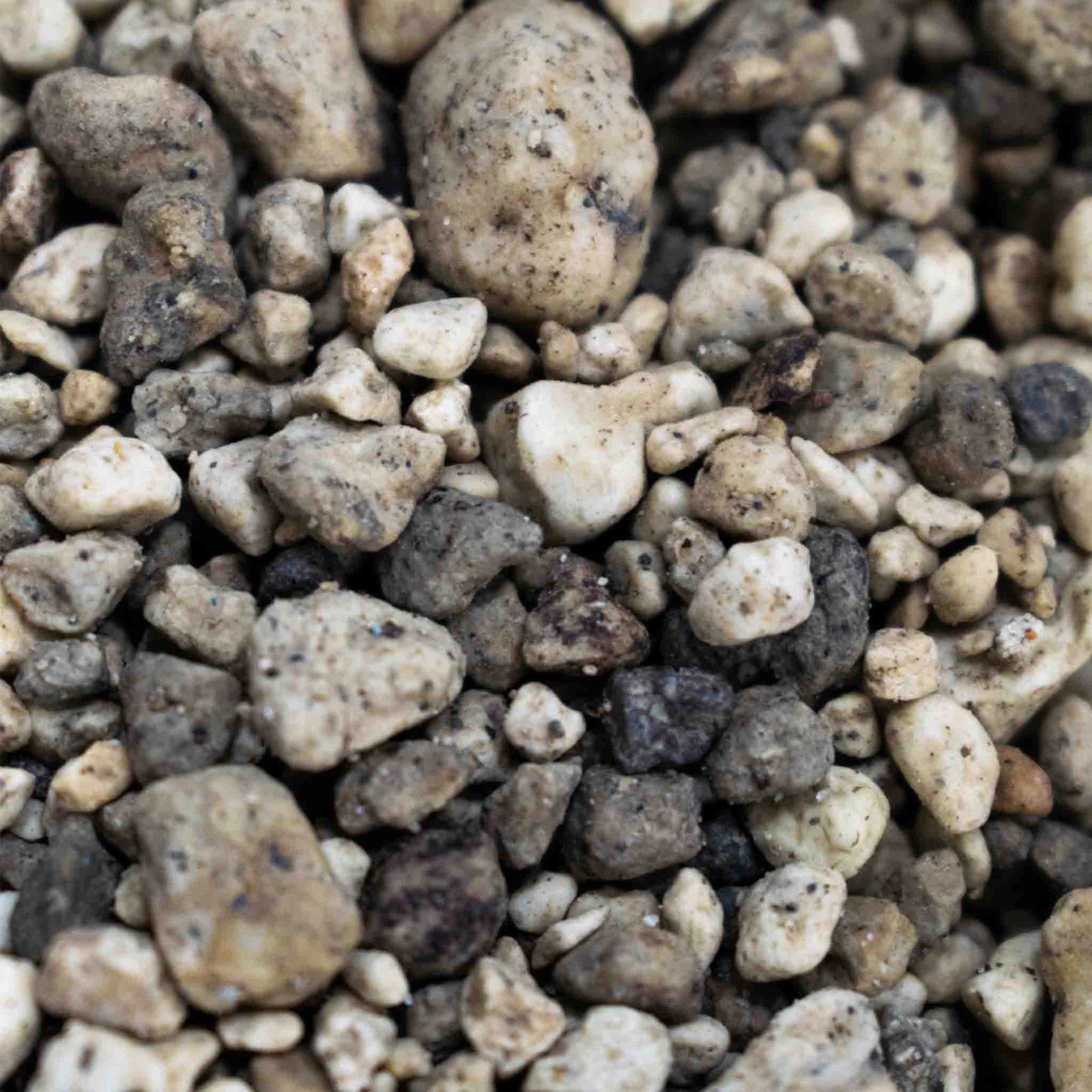
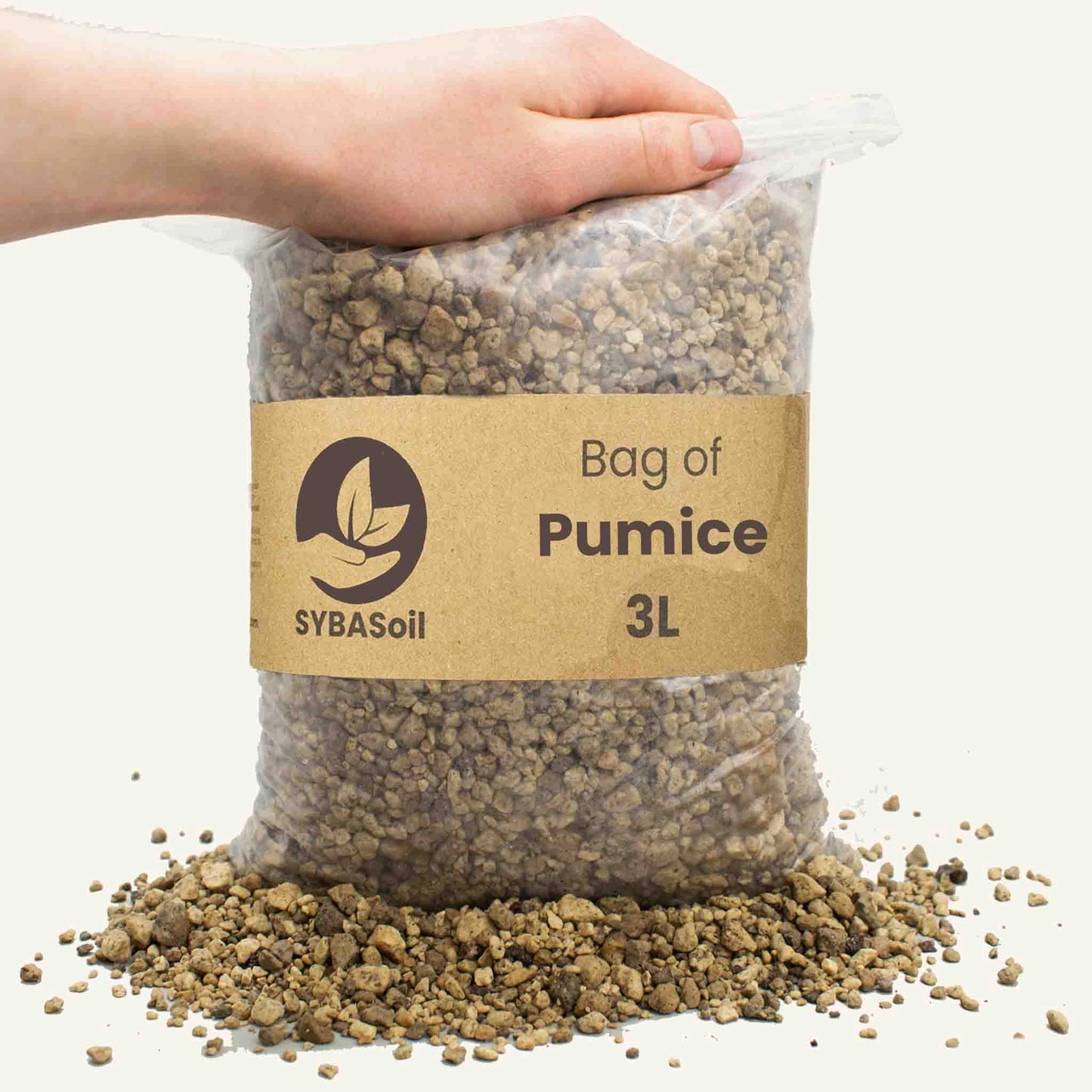
Frequently Asked Questions
How do you ship plants?
We always ship our plants well packaged and safely.
We do not ship on cold days and we also try not to ship during the weekends. This way plants are always in suboptimal conditions for a minimum time.
What is your shipping policy?
You can read our shipping policy here.
What payment methods do you accept?
We accept various payment methods online such as Bancontact, Visa, Mastercard, Paypal.
You can also pay with Ecocheques in our store in Leuven.
Can I return the products?
You can read our returns policy here.
Where do your plants come from?
Our plants always come straight from the grower to our shop. With minimal stops we prevent pests and diseases and keep the chain short!
Collections
-
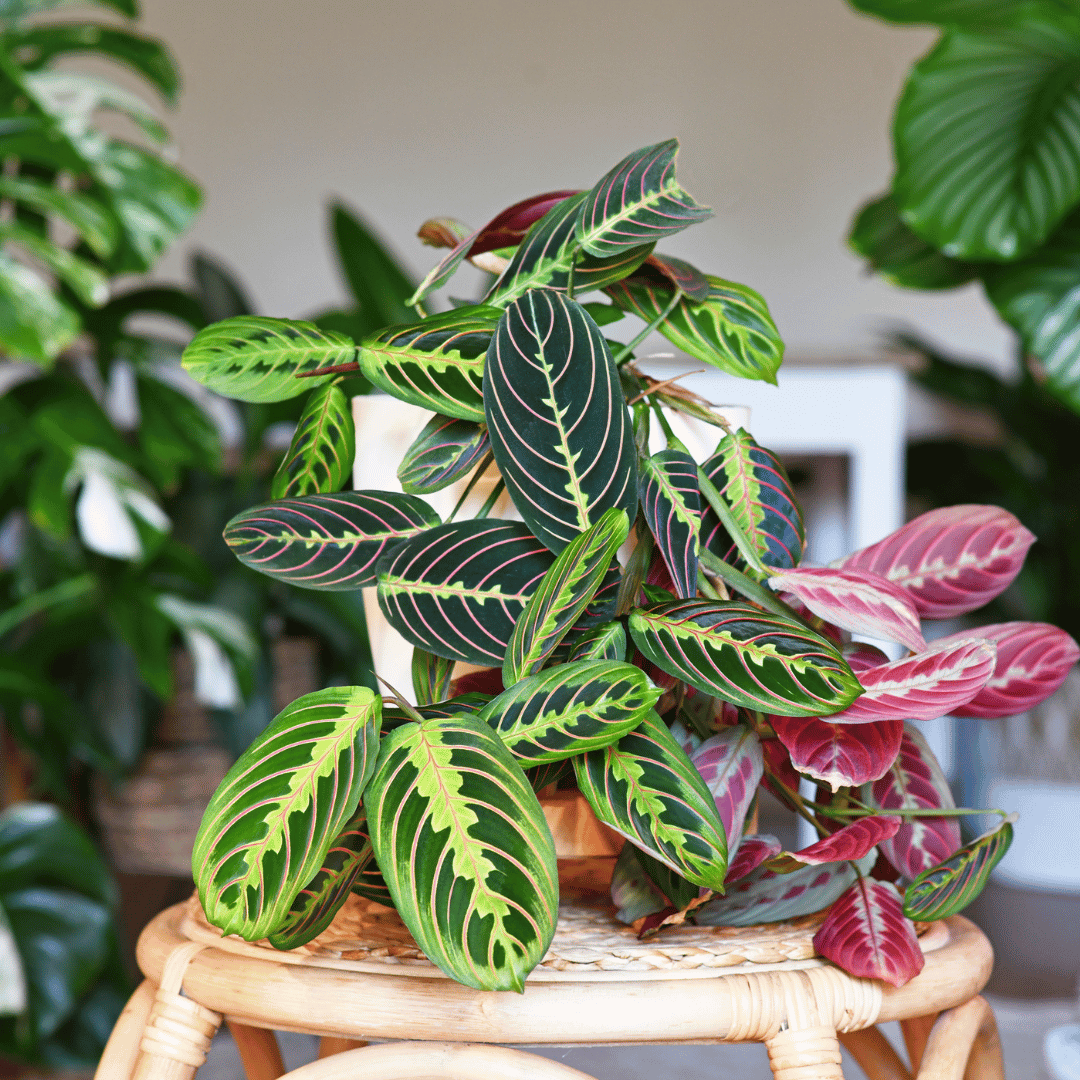
Buy Maranta's
Discover the unique charm of our collection of Maranta plants. With their...
-
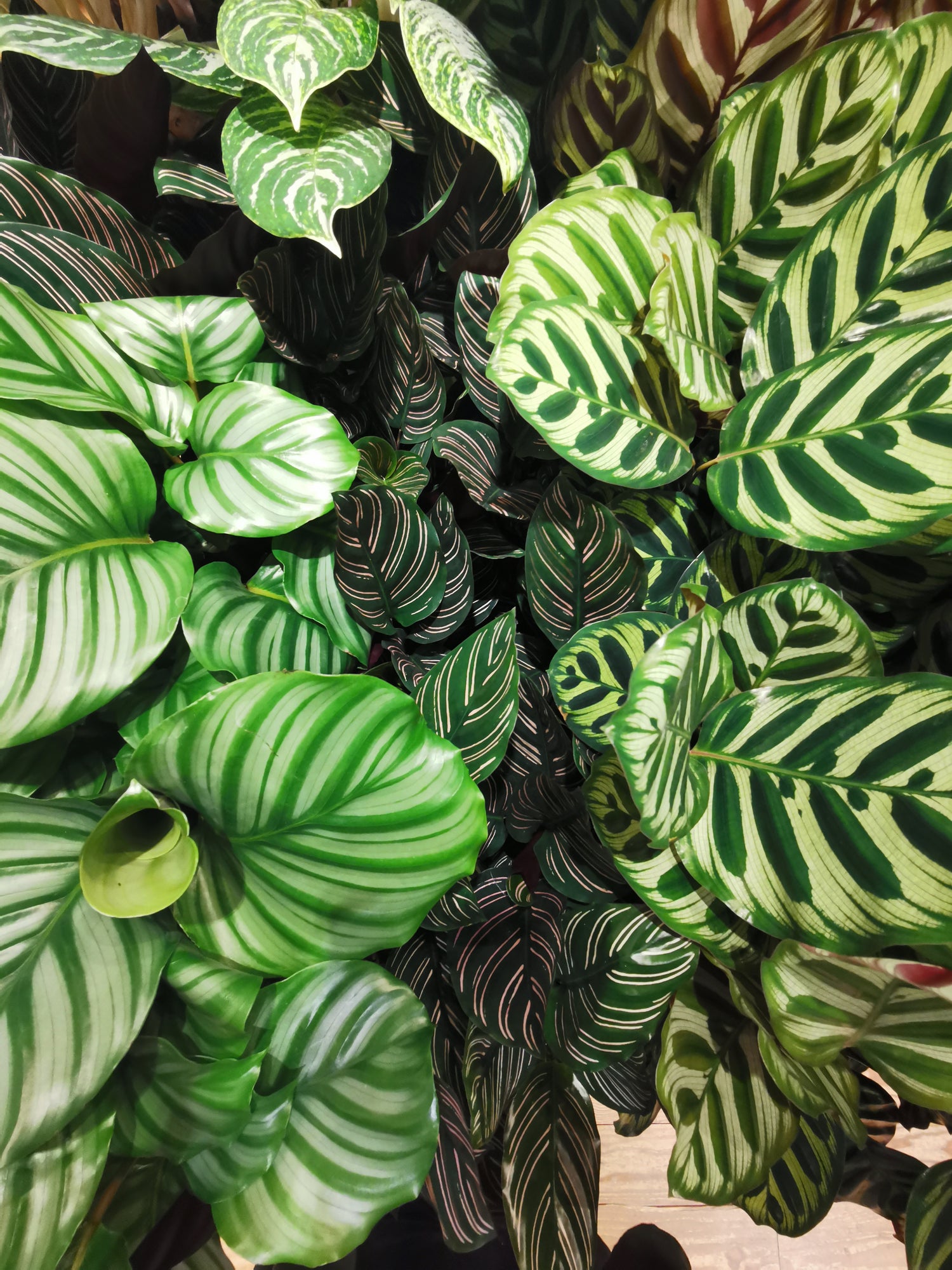
Buy Calathea
Are you looking for a beautiful and unique houseplant that will purify...
-
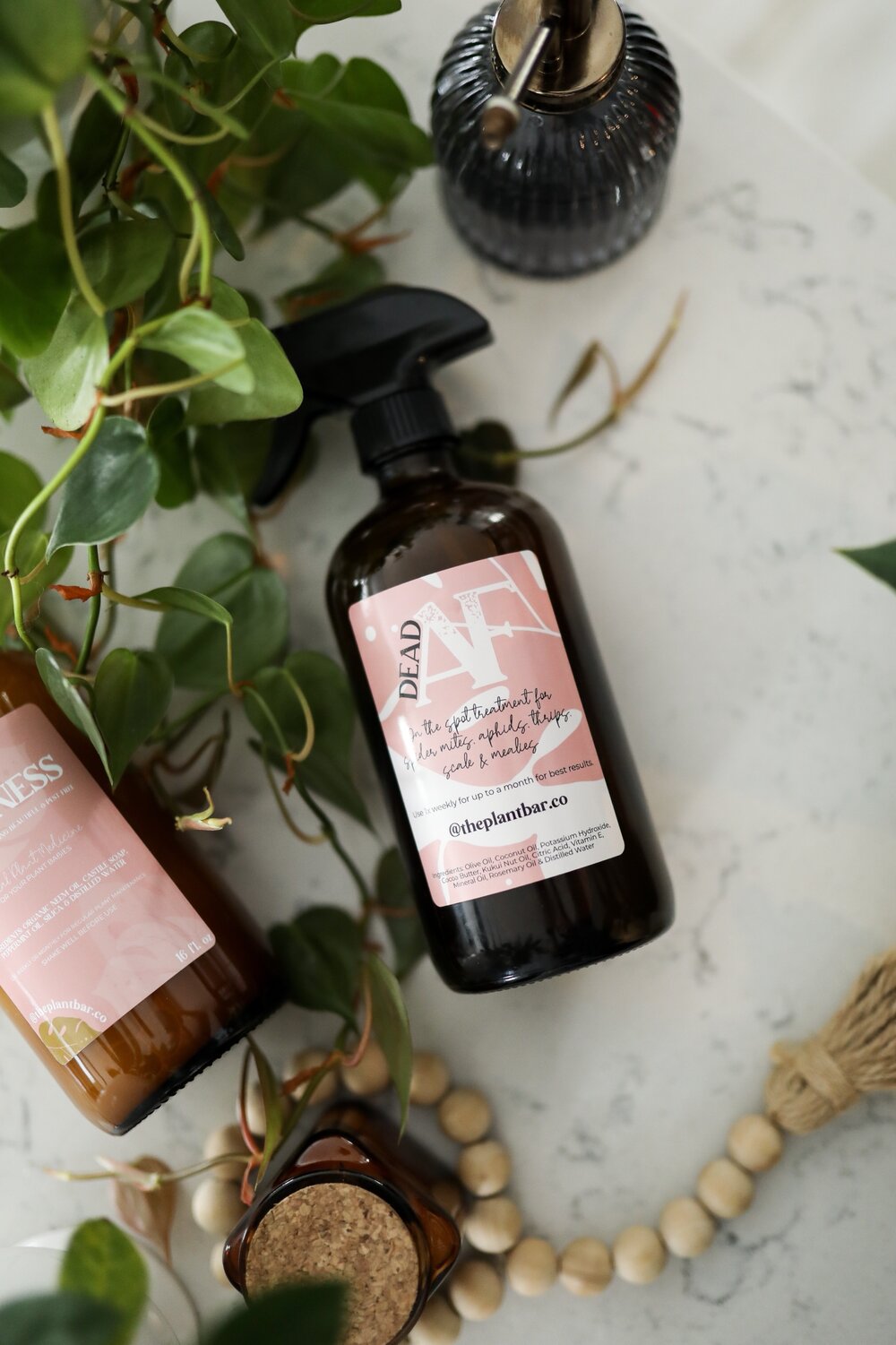
Accessories for Plant Lovers
In our store we have a wide variety of accessories to help...

